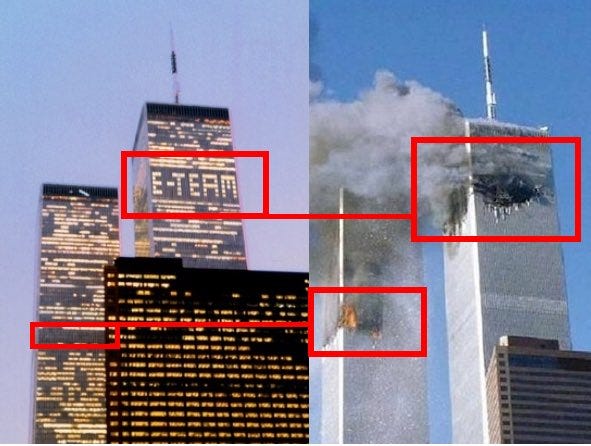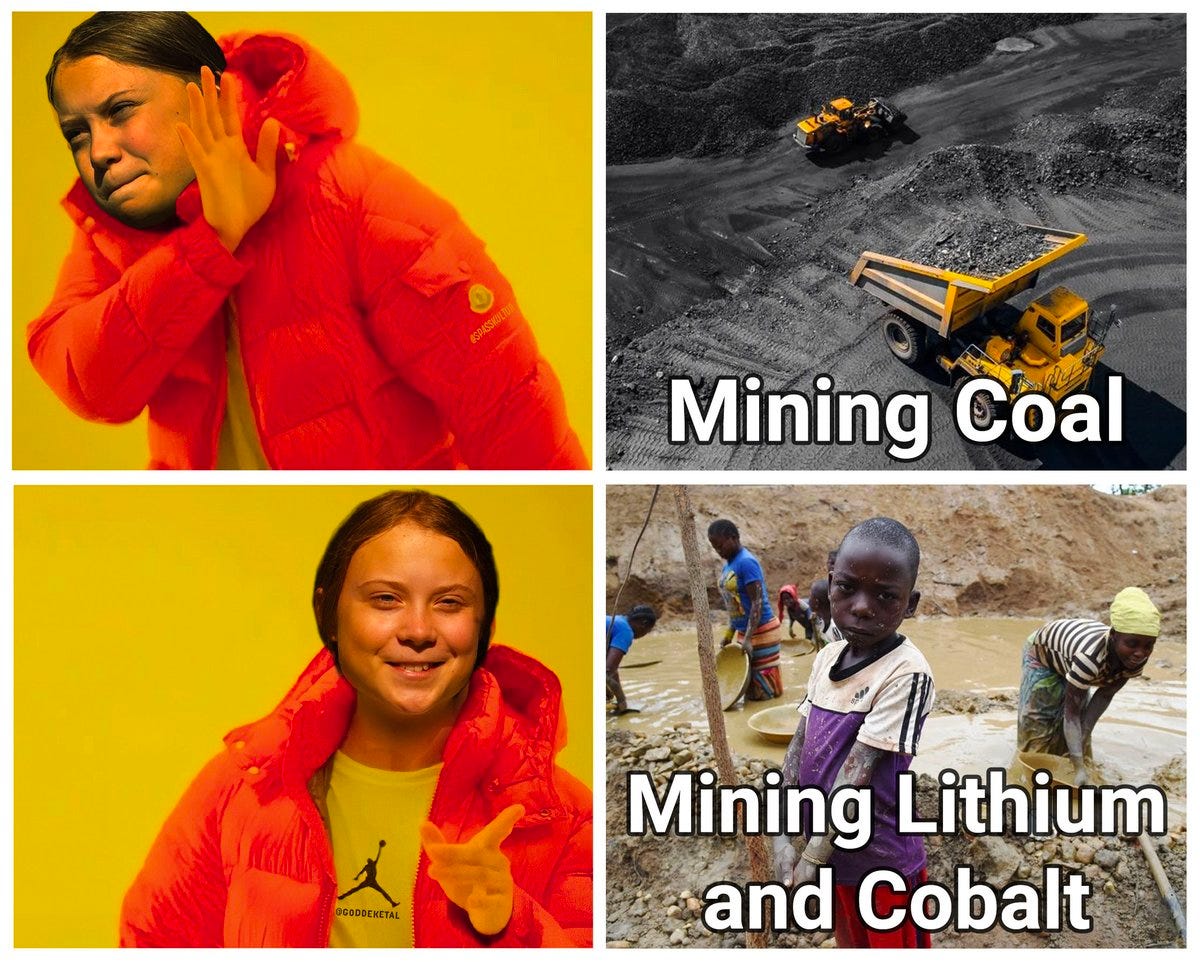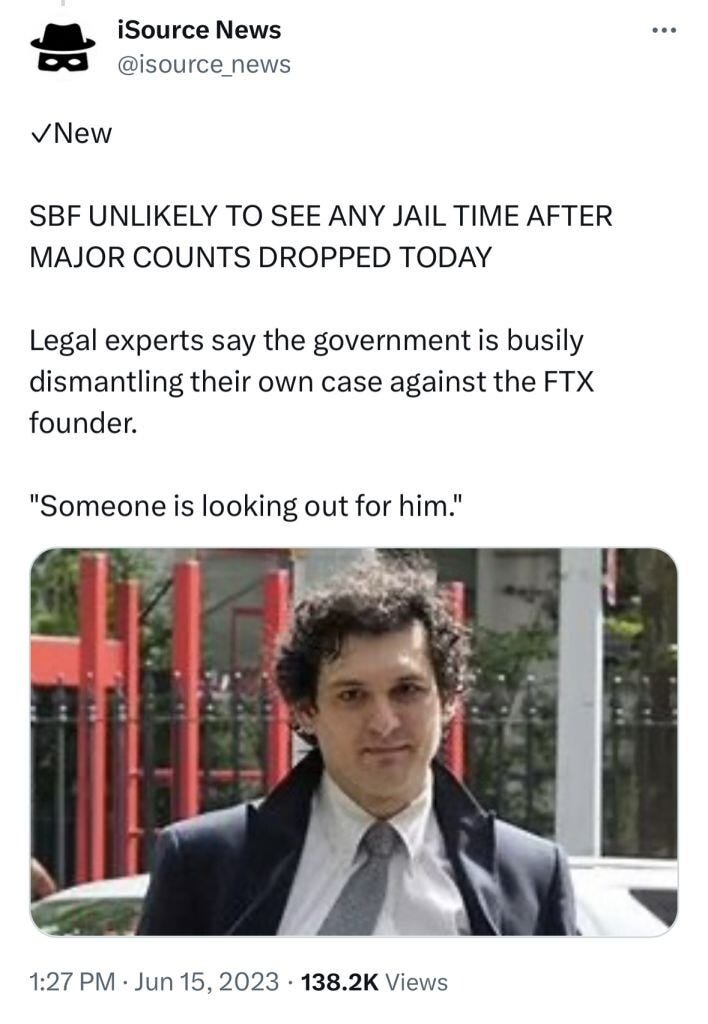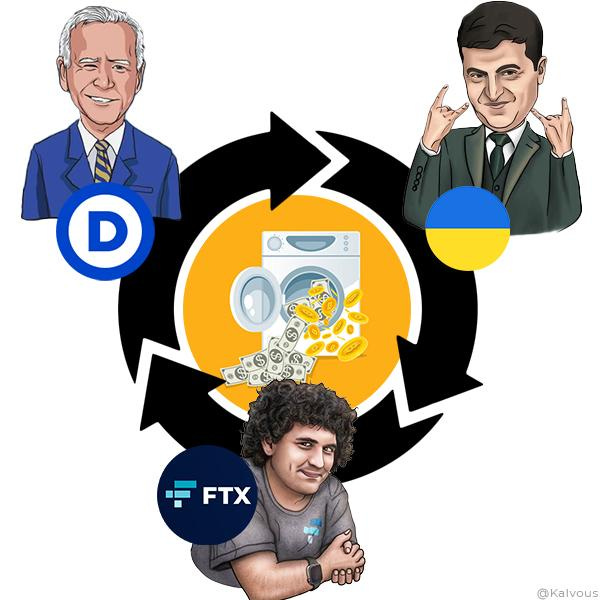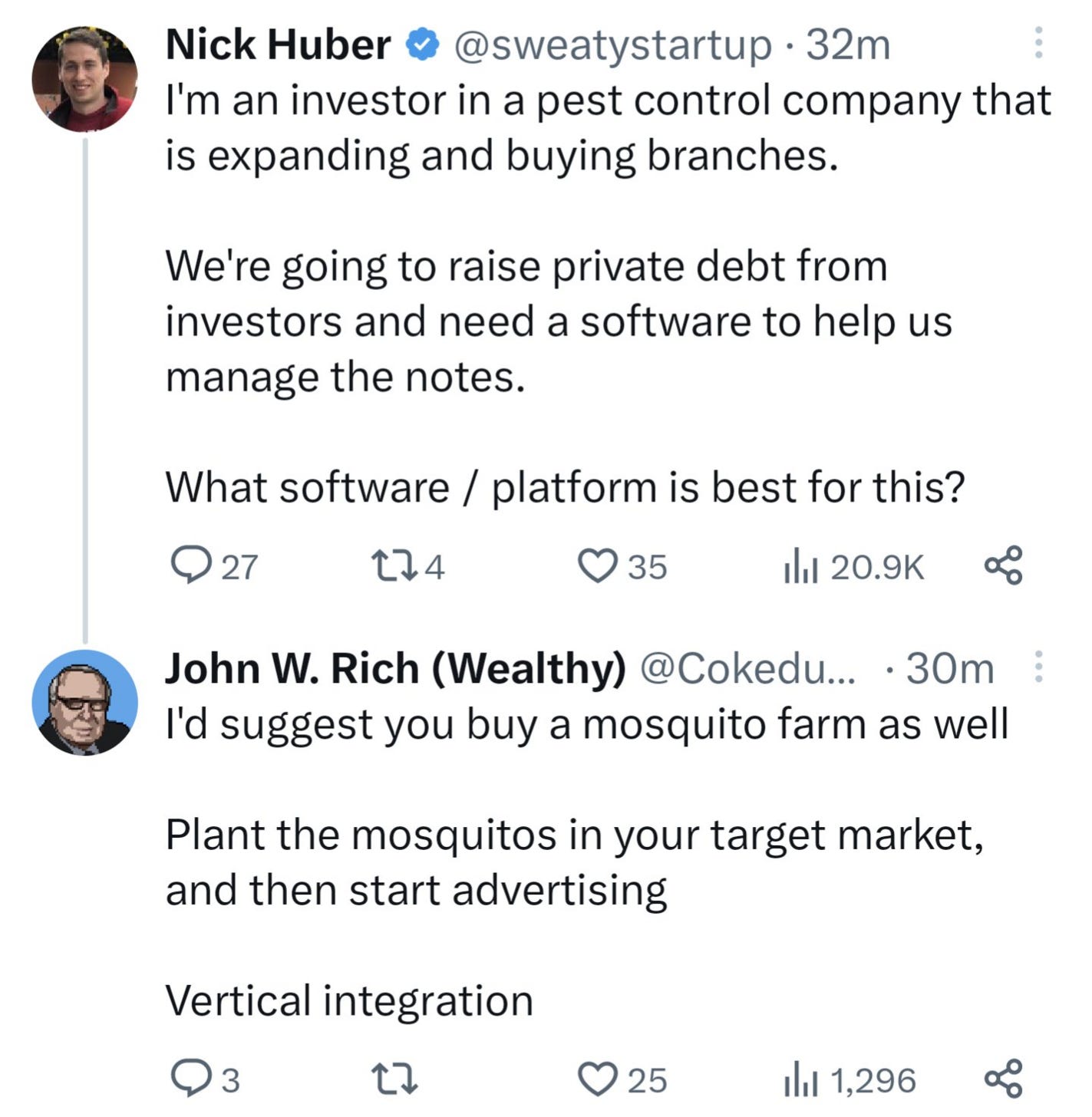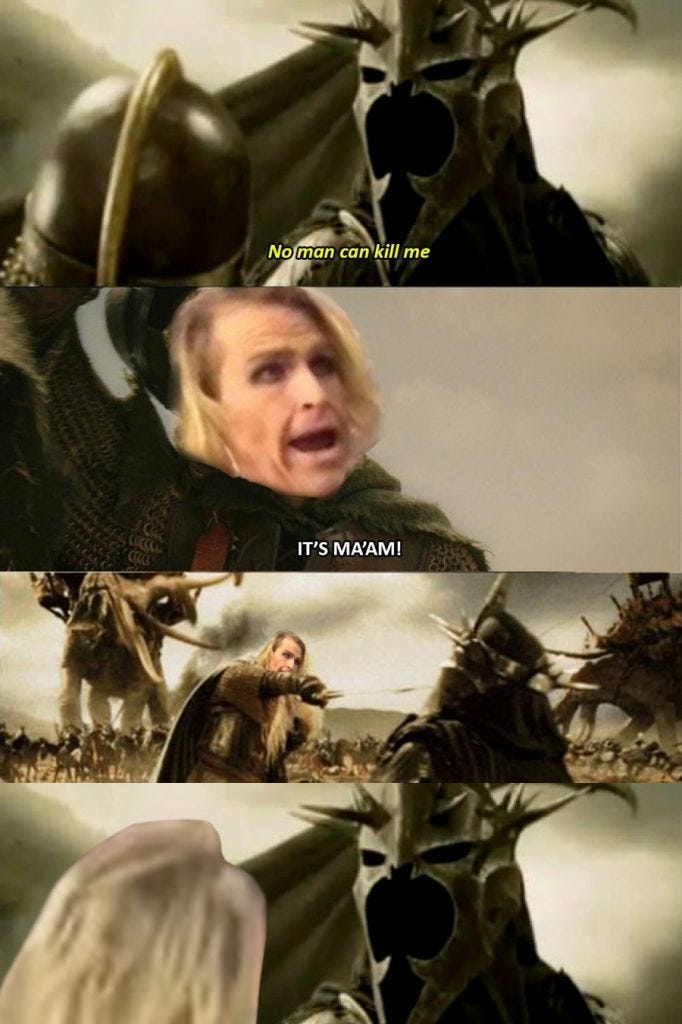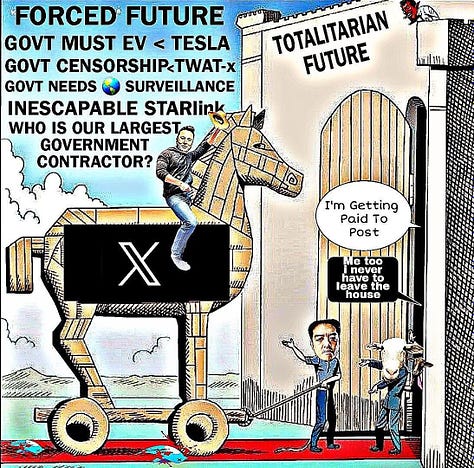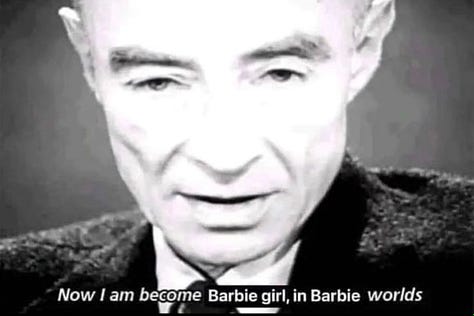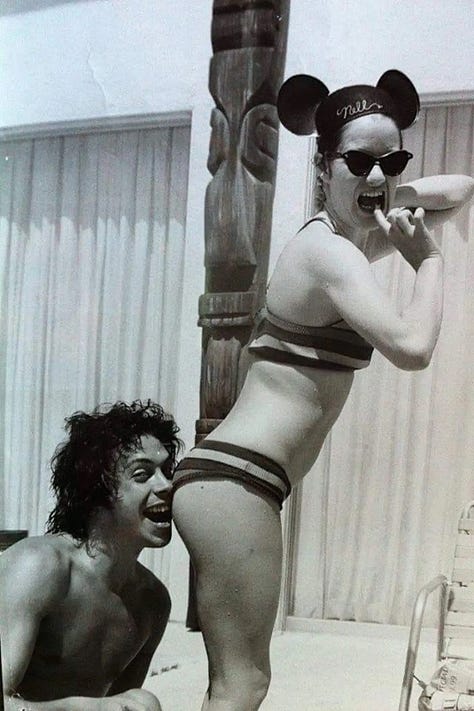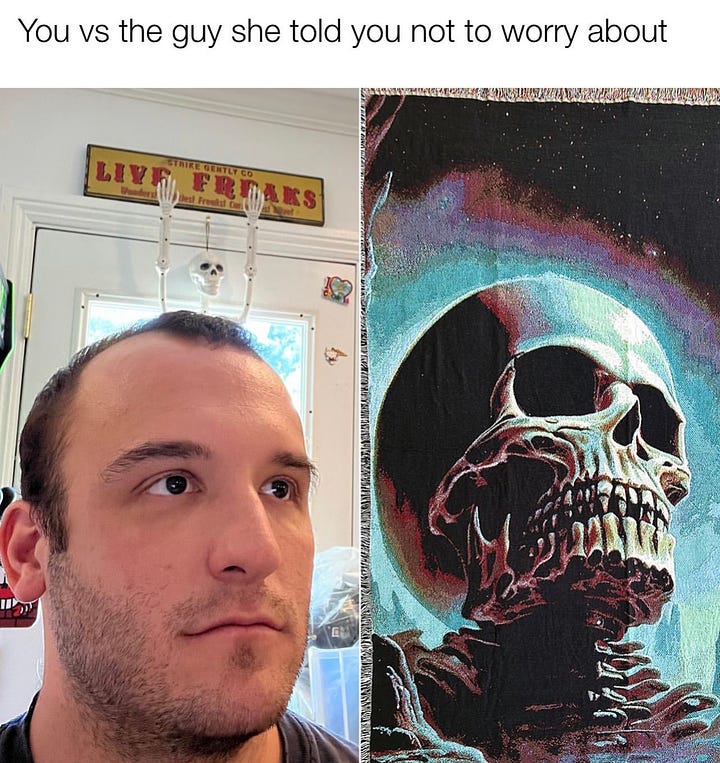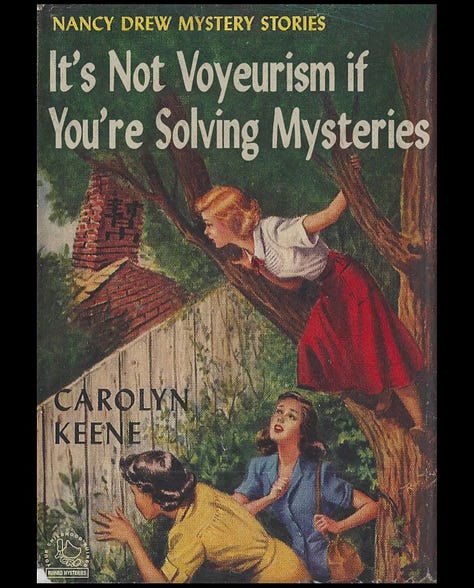S01E162: Welcome To The Farm Kid, That’s Human Waste
Pesky People
Grundle 2 Fundle
Validhalla We Ride
The New Xerox
American Utopia – The Designers Who Dreamed ⛧ Athelstan Spilhaus and his Bathythermograph ⛧ Africa, China, Roswell ⛧ Minnesota and Domed Cities of the Future ⛧ Boostable Intermission ⛧ Twitter Rebranded as “X” ⛧ Elon Musk The Industrialist ⛧ Netscape and Marc Andresseen ⛧ DotCom Era and Today’s Parallels ⛧
Where There’s Smoke There’s Crack!
BYO3-DG
ZOSO’S CORNER (Show Notes)

Tonight’s Tarot:
Queen Of Pentacles – Linestrider Tarot Deck
Freaks of Hazard:
There’s a lot of people thru paypal to thank for tonight!
First off is a new monthly donation set up by Fox Fur for $5!
MakeHeroism sent over some money from the threadless shop saying “Threadless dollars bucks” and that was for $35.90!
Kitty Tarleton also had a monthly donation land for $6.66!
Tjunta had his monthly land as well for $3.33!
The same for Captain Oblivious for $5.55!
Sir CrossStitch didn’t want to miss the action and sent his monthly $5.33 in!
Lastly was Wiirdo (sick ++ tattoo that’s a fantastic idea) with a donation for $3.33! Thank you all so much!!
Lastly a package arrived this week along with this note:
Dear MothMan, here is a ‘jotter’ or ‘peen’ to record all those excellent ideas of yours. Sincerely, Boolysteed
Lo and behold it’s a beautiful pen! This is much need Dame Boosty thank you!!!
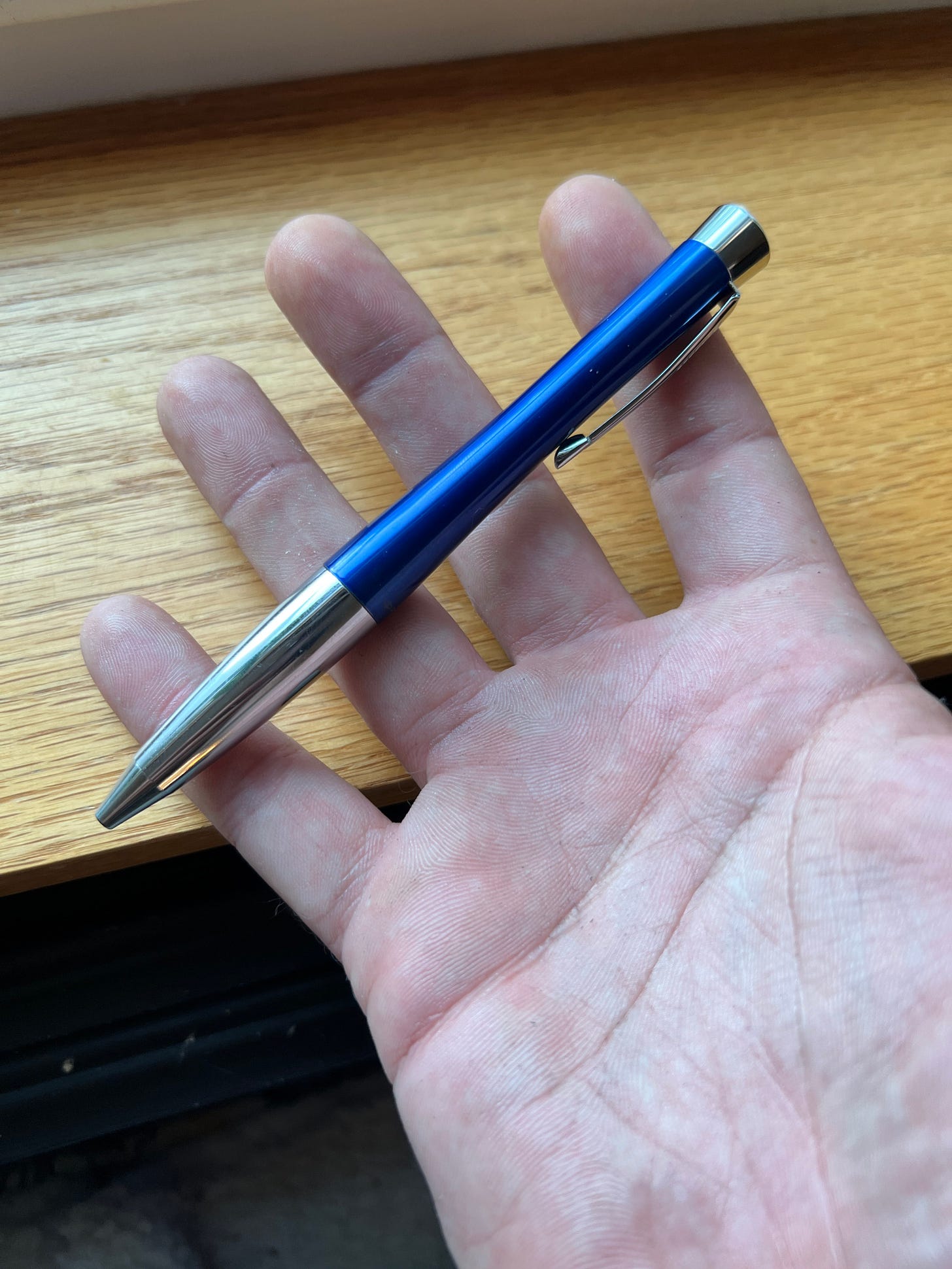
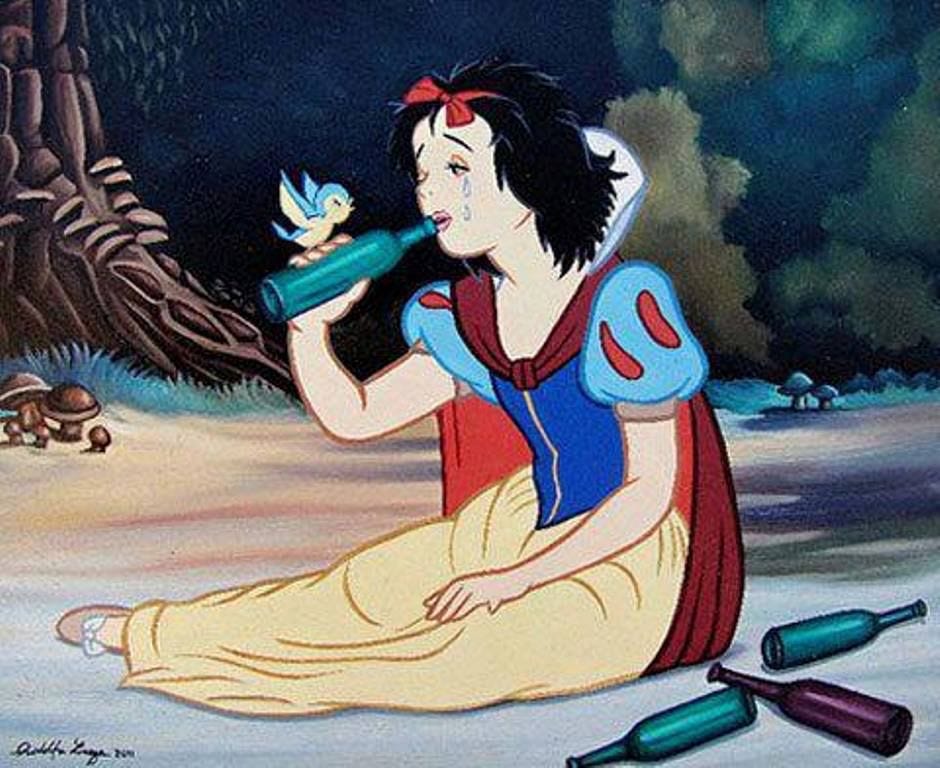
X.X

THE ROTCOM BUBBLE
Elon Musk Rebrands Twitter as “X Corp”
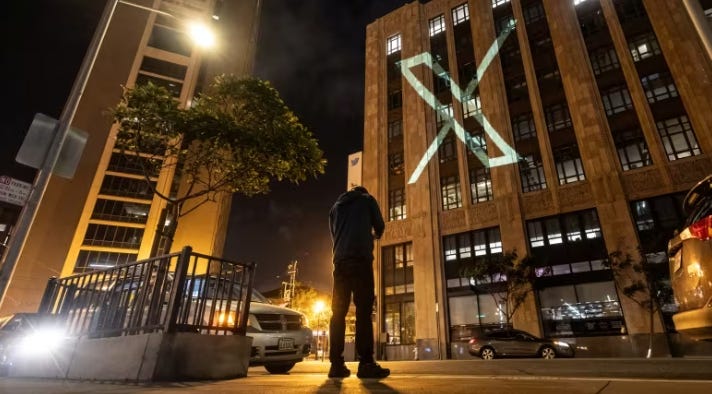
Elon Musk Rebrands Twitter as ‘X’
Elon Sues The Lawyers That Forced Him to Buy Twitter
Early Days of Mosaic & Netscape Browsers
Marc Andreessen on What Makes Elon Musk Special
The Dot-Com Bubble – 5 Minute History Lesson
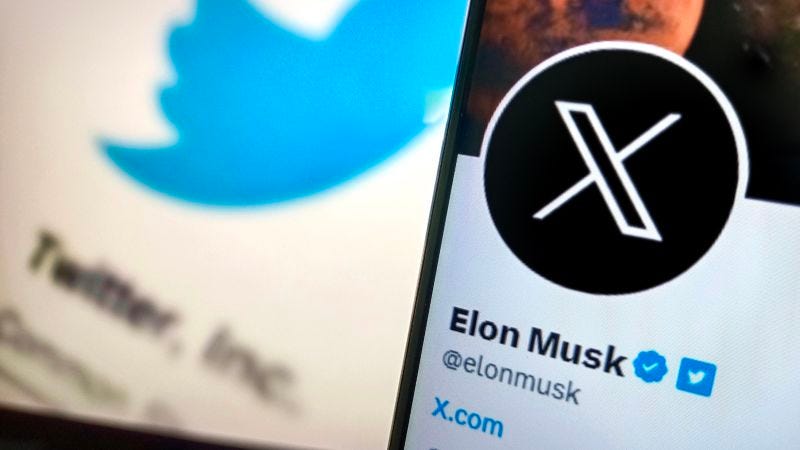
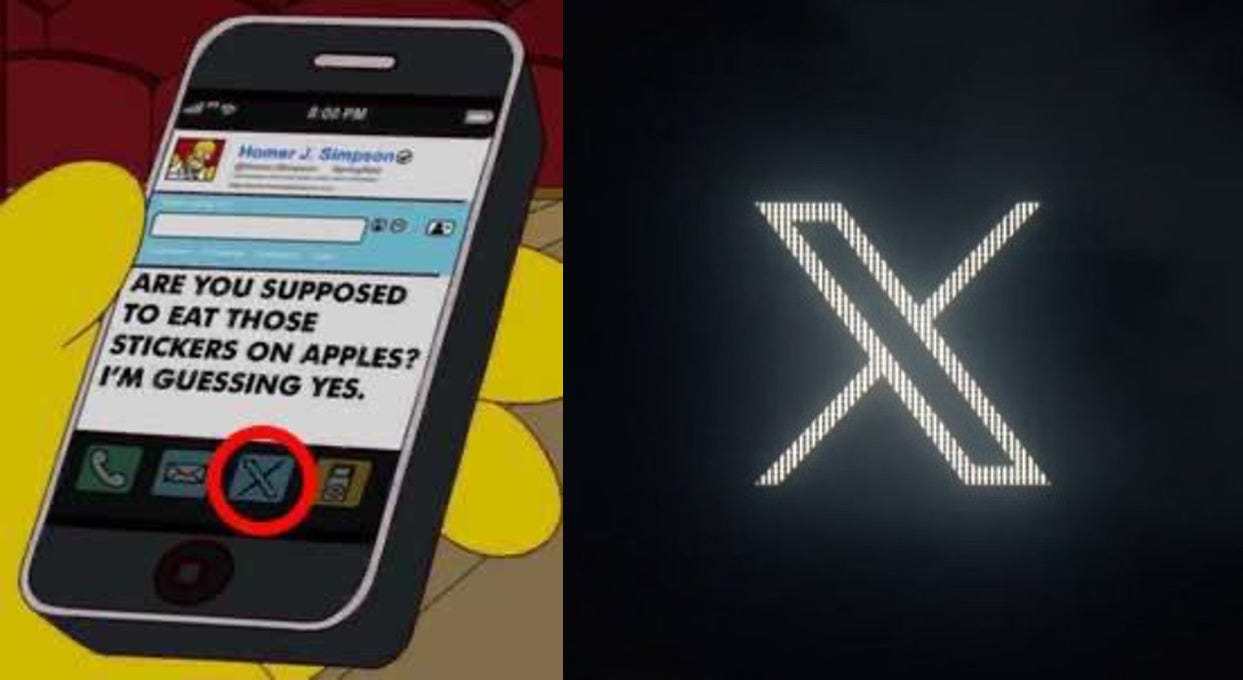
Elon Musk has officially changed the name of Twitter to “X”. Twitter Inc. is now X Corporation. There is no more “Twitter”, except in the memory of those who were there to see and use it.
Elon Musk’s recent purchase of the internet media giant has forced the mogul into a financial corner. Twitter, often said to be a bloated and overvalued company, is suffering immense growing pains under new ownership. Yet Elon continues to exude the staunch can-do determination which has defied the critics so many times before. After all, he is a specialist at buying other people’s companies and making them profitable. He’s done so for electric cars, solar energy, and even rocketry. The site and company has seen a major overhaul internally, but until now has retained its core identity and branding. With this new chapter, Twitter is dead. “X” is a whole new bird altogether.

Elon is, of course, caught up in a number of lawsuits concerning Twitter / X. There is one arguing severance pay for a thoroughly purged workforce following his acquisition. He is suing the law firms that Twitter hired to hold Musk to the obligation of purchasing the company at the now seemingly exorbitant price of $54.20 a share, a figure likely spawned as a simple “420” joke.
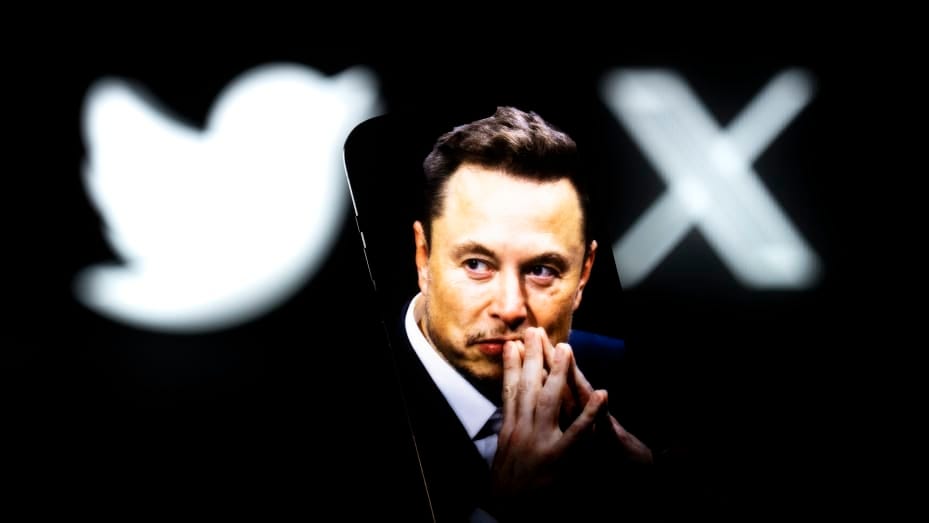
Elon has been described as an industrialist of old. He barges his way into things, and makes them work through sheer willpower and focus. Money is nothing more than a tool. These kinds of rogue billionaire antics are somewhat rare in the tech world these days, but the fire-from-the-hip swagger that Musk displays does seem somewhat reminiscent of the DotCom era of the mid 90’s to early 2000’s – the start of internet consumerism, and of “tech companies” as we know them. Does the gutting of Twitter sound off the alarms for yet another crash in the works? Shall the industry rise from the ashes anew, stronger than before? What shall revitalize this struggling sector? We look to history and those who were part of it.
JAVA DEVIL COOKIE MONSTER

SILICON STORMS
The year is 1993. Only 2.3% of the US population are online. The floppy disk is king and the internet is brand new. Federal Rates are the lowest in almost 30 years, and money is cheap.
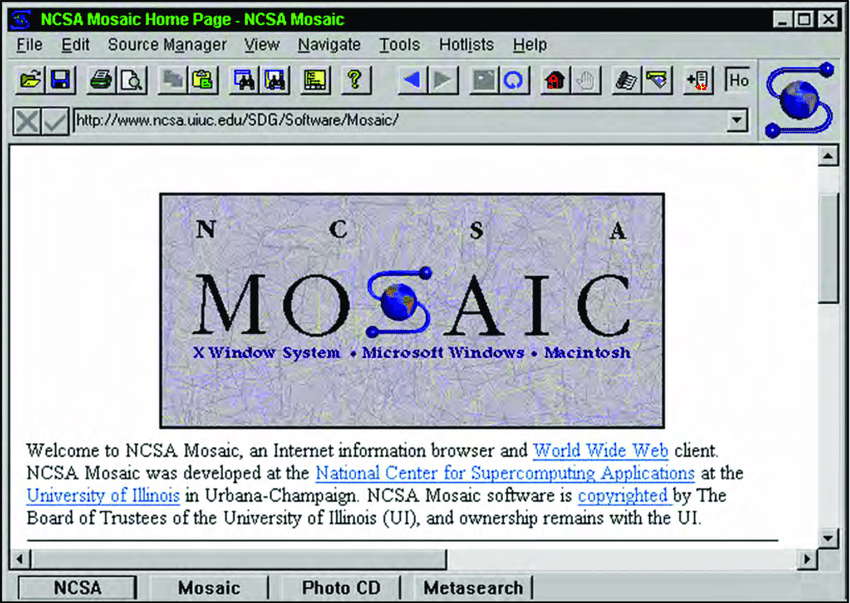
The DotCom bubble allegedly kicked off with the development of an innovative web browser, the Mosaic. Mosaic was designed on the X Window System (aka the X11) at the University of Illinois by a team led by Marc Andresseen and Eric Bana. This was the first well-known web browser with both text and images displayed in the same window. These guys would go on to found Netscape, the first major internet-based company and one of the most successful of its time.
Through a combination of low interest rates, early discovery, internet novelty, and a generally level playing field for new entrepreneurs, the Dotcom bubble was set in motion.
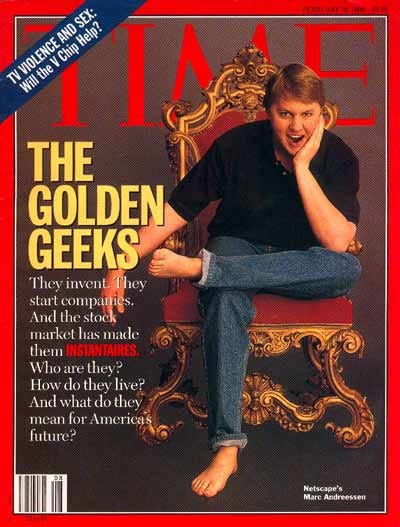
The Netscape browser would ultimately be overtaken by Internet Explorer from Microsoft. The company would be acquired by AOL, but not before laying the foundation for the Mozilla Firefox browser, which still is one of the most-widely used web browsers today. An early Netscape employee Brendan Eich created the JavaScript programming language, headed the Mozilla project, and now is the CEO of Brave. A founding engineer of Netscape Lou Montulli created HTTP cookies.
Andresseen went on to become an angel investor, considered in the Valley as a “Super Angel” who would help finance many of the biggest tech companies in the world. One of their first investments was in Skype. Through his company Andreessen Horowitz, Marc would be an early investor in such companies as Twitter, Facebook, Groupon, Zynga, AirBnB, FourSquare, Stripe, Lyft, Coinbase, Oculus, Ripple, Roblox, and many others. As of 2022 they have reported $28.2 billion in assets.
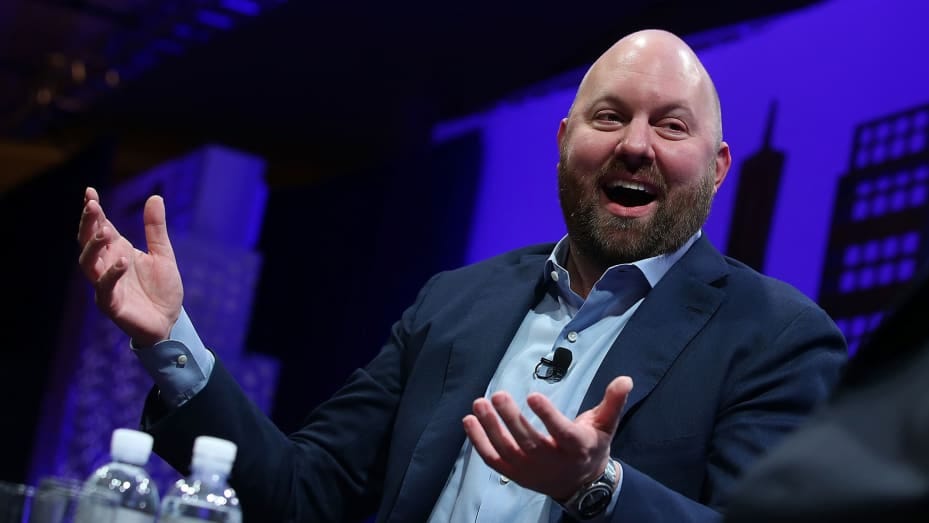
The firm committed to $400 million in equity investment towards acquisition of Twitter by Elon Musk that completed in October 2022.
What led to the Dotcom boom?
- Low interest rates
- Free flow of information / less regulation
- Level playing field
- Undiscovered markets and users (nobody had a computer or the internet)
- Affordability of basic materials and computers
What led to the crash?
- Rates going back up
- Anti-competitive practices / proprietary technology
- Titans dominating the playing field
- Plateau of users and usability
- Collapse of novelty businesses
(From Wiki)
While some new entrepreneurs had experience in business and economics, the majority were simply people with ideas, and did not manage the capital influx prudently. Additionally, many dot-com business plans were predicated on the assumption that by using the Internet, they would bypass the distribution channels of existing businesses and therefore not have to compete with them; when the established businesses with strong existing brands developed their own Internet presence, these hopes were shattered, and the newcomers were left attempting to break into markets dominated by larger, more established businesses. Many did not have the ability to do so.
In a 2015 book, venture capitalist Fred Wilson, who funded many dot-com companies and lost 90% of his net worth when the bubble burst, said about the dot-com bubble:
A friend of mine has a great line. He says “Nothing important has ever been built without irrational exuberance.” Meaning that you need some of this mania to cause investors to open up their pocketbooks and finance the building of the railroads or the automobile or aerospace industry or whatever. And in this case, much of the capital invested was lost, but also much of it was invested in a very high throughput backbone for the Internet, and lots of software that works, and databases and server structure. All that stuff has allowed what we have today, which has changed all our lives… that’s what all this speculative mania built.
(End Wiki)
List of Companies Affected by the Crash
Will Elon’s pricey acquisition of Twitter prove to be an irrational exuberance and failure? Or will it serve as a catalyst for something new and groundbreaking? Time will tell, but the “old guard” in Silicon Valley appear to have made their choice.
Welcome back, Generation X!


🍖
A TASTE FOR TOYS

A TALE OF SO MANY UTOPIAS PT. 1
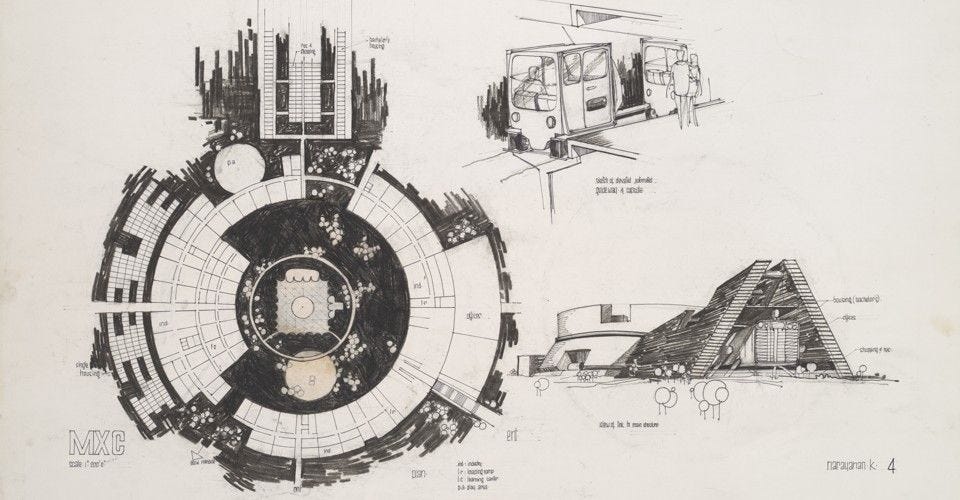
Let’s take a look at three different utopias planned throughout history. The first two are from the modern era and funnily enough were present in the great state of Minnesota. Minnesota, where socialism comes to do “stuff”! Our story begins with Athelstan Spilhaus.
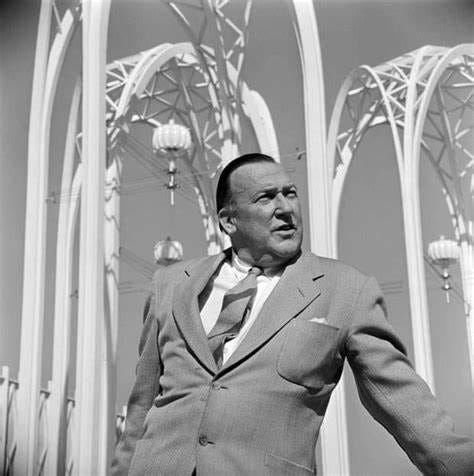
https://en.wikipedia.org/wiki/Athelstan_Spilhaus
⭐ The Story of Athelstan Spilhaus
- Brought To You By Alcohol – Spilhaus was born into a family that valued academic pursuit. He was born in Cape Town, South Africa. His mother was one of the first women to graduate from the Cape Town University. Her father famed mathematician Thomas Muir. His father was a german immigrant turned businessman.
- The BT – He spent a good deal amount of time studying weather patterns in S. Africa, while also taking care of unexploded ordinance from the Boer War. There was also time spent flying upwards of 16,000 ft in a biplane for research purposes, resulting them in almost blacking out at a time. Later, he took a 5000 miles of rugged terrain in a Buick Roadster with his wife. The trip spanned from Cape Town to Alexandria.
- Weather Ops – Mao ain’t so bad turns out!
- What Really Happened In Roswell – Spilhaus might be the OG daddy of the UAP! It really do be a small world after all.
- The Bomb Spike – Technology is great and all, but how did Spilhaus really feel about our ability to reach the Moon. Dirty humans always contaminating shit! He would have an opinion on the matter too, being present at various bomb testing sites.
- Parson Type Magick – Here’s that combo trope of the World’s Fair and the magick of comic books. Science fiction begets reality.
- MXC – While spearheading Seagrant, large funding donations for research related to water (It screams of Seasteading i.e. how to be fully sustained off the ocean/designing large floating ocean cities), Spilhaus also has a dream for…utopia.
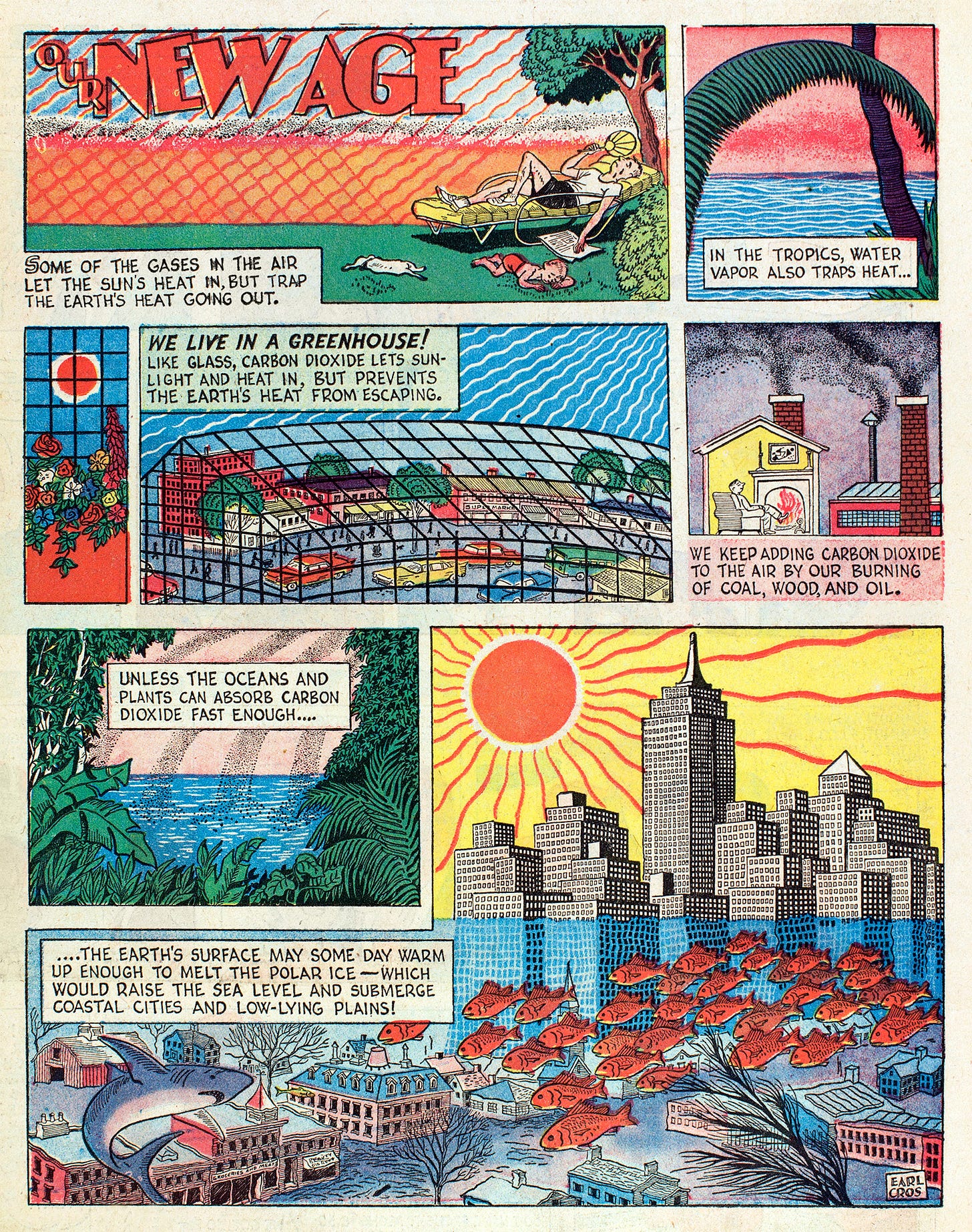
🌙 Athelstan Spilhaus, 86, Dies; Inventor With Eye on Future – The New Y…
- Dreamer, futurist, creator or fixer of untold numbers of other devices, including some 3,000 varieties of children’s toys, Dr. Spilhaus listed his occupation in his later years as ”retired genius,” and throughout his life he had been involved in complex scientific, mechanical, educational, architectural and military projects. Some were top secret.
- Because of his work with undersea wave and temperature measurements, he was asked to take part in similar geophysical studies and design balloons that would float up and monitor atmospheric waves. The balloons become part of an Air Force system used to spy on Soviet nuclear testing, but part of the apparatus crashed in eastern New Mexico in 1947 — and the wreckage almost immediately disappeared. This led many people to believe for decades that they had solid evidence that the planet had been visited by aliens from space. The Air Force disclosed in 1994 that it had whisked away the wreckage, including collapsed balloons and radar reflectors, to keep the project secret. Dr. Spilhaus’s work with the Government led President Dwight D. Eisenhower to name him to Unesco, the educational and cultural arm of the United Nations, in 1954. He received 64 out of 65 votes, including 5 from Soviet delegates, to become his country’s first Government representative on Unesco’s executive board.
- The Minnesota winters drove him, perhaps as a matter of survival as a native-born South African, to conceiving the idea of covered skyways, walkways and tunnels that were built in Minneapolis in the 1950’s to connect buildings in cities and thus protect people in severe weather.
- “Every prototype of every new invention is a toy, because a toy doesn’t have to be efficient or balanced,” he said. “But it’s easy to make a toy demonstrate a rudimentary principle.”
HUMBLE BINDERS


🌙 A look at failed Minnesota utopias – and one that worked
- The MXC (Minnesota Experimental City) was supposed to be the shining city of the future, a model for humanity, a masterpiece of technological ingenuity — and only half an hour north of Aitkin, Minn. The price: a cool $10 billion, in 1967 dollars. Population: a quarter-million. Completion date: 1984.
- The word utopia means “no place” in Greek, a warning that such ideas perish in the real world like icicles in late April, but the idealistic founders always believe they’ll get it right this time.
- One of the most ambitious utopias was MXC, an early 1960s brainchild of Athelstan Spilhaus, dean of the University of Minnesota’s Institute of Technology. He also wrote an egghead Sunday comic feature called “Our New Age,” which ran in the Minneapolis Star; it predicted the advancements of technology that postwar citizens would soon enjoy. “The MXC predicted the rise of personal computers, video conferencing, and a proto-Internet that would allow networked remote shopping and banking. They envisioned how this technology would allow people to work from home, and extrapolated the subsequent effects on transit networks and urban development.” The city banned the internal combustion engine, emphasized recycling and proposed a mile-wide concrete dome enclosing the city, for that “Logan’s Run” touch.
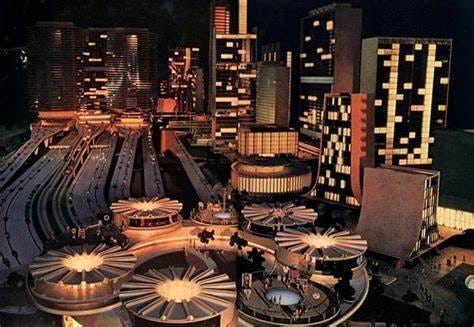
⭐ The Experimental City – Documentary Trailer
- Just a trailer that has some of the main story beats plus archived audio. http://www.mxcfilm.com/
⭐ Documentary Brings Viewers Inside Minnesota’s ‘Experimental City’
- Discovering the City – The producer for the doc swings on by the studio to inform the good people just how he came about this mythical feat of social/technological/urban engineering.
- Why Didn’t It Happen – Stupid locals.
⭐ ALMANAC Minnesota’s Experimental City
- Good Science Fiction – This is kind of cool, the plans seem to be available at a local public library.
- Test Tube Cities – Behold the DOMED CITY! So many ideals that came so very close to becoming real. Minnesota is the model!
- Who Controls The Dial – But, it falls apart when it comes to who has the keys.
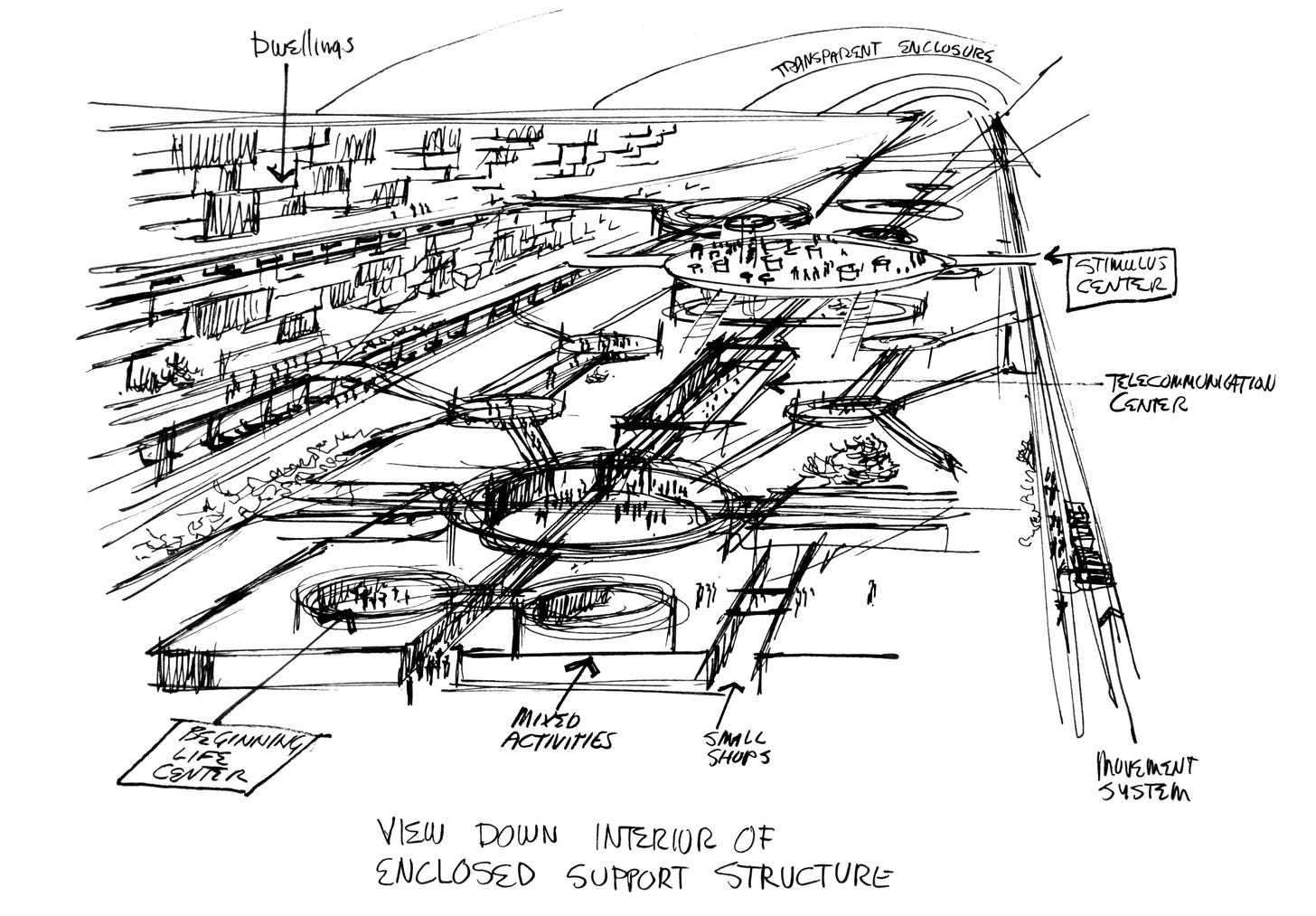
🌙 How a $10 Billion Experimental City Nearly Got Built in Rural Minnesota
- It was the early 1960s, and despite economic prosperity, American urban centers were plagued by pollution, poverty, the violence of segregation and crumbling infrastructure. As the federal highway system expanded, young professionals fled for the suburbs, exacerbating the decay. One man had a revolutionary idea, a plan so all-encompassing it could tackle each and every one of the social issues at once: An entirely new experimental city, built from scratch with the latest technology, entirely free of pollution and waste, and home to a community of life-long learners.
- The Experimental City tells the story of the tremendous rise and abrupt fall of an urban vision that nearly came to fruition. At one point, the Minnesota Experimental City had the support of NASA engineers, Civil Rights leaders, media moguls, famed architect Buckminster Fuller and even vice president Hubert Humphrey. “The urban mess is due to unplanned growth—too many students for the schools, too much sludge for the sewers, too many cars for the highways, too many sick for the hospitals, too much crime for the police, too many commuters for the transport system, too many fumes for the atmosphere to bear, too many chemicals for the water to carry,” Spilhaus wrote in his 1967 proposal for an experimental city. “The immediate threat must be met as we would meet the threat of war—by the mobilization of people, industry, and government.”
- Creator of the comic “Our New Age,” which featured new science and technology in easy-to-digest fashion, Spilhaus had worked in the fields of mechanical engineering, cartography, oceanography, meteorology and urban planning. He helped invent the bathythermograph (a water temperature and depth gauge used in submarine warfare), and designed the science expo for the Seattle World’s Fair in 1962. Above all, the longtime dean of the University of Minnesota’s Institute of Technology was a futurist.
- This noiseless, fumeless, self-sustaining city included underground infrastructure for transporting and recycling waste; a mass transit system that would slide cars onto tracks, negating the need for a driver; and computer terminals in every home that would connect people to his vision of the Internet—a remarkable prediction, given that computers of the era occupied entire rooms and no one was sending email. Spilhaus envisioned the city holding a population of 250,000 and costing $10 billion 1967 dollars, with 80 percent private funding and 20 percent public.
- When Humphrey lost his 1968 bid for the presidency and the Minnesota Experimental City project was branded as the property of Democrats, the planning committee turned to the state. In 1971, the Minnesota legislature created the Minnesota Experimental City Authority, which was tasked with finding a site for the city by 1973. the committee chose Aitkin County, some 105 miles north of Minneapolis, near the village of Swatara. But no sooner had the site been chosen than citizens of the area became outspoken critics of the planned city, arguing that even an urban center with the best intentions would be unable to prevent pollution. Between the protesting residents and dwindling support in the state legislature, the Minnesota Experimental City Authority lost its funding by August 1973.
⭐ World of Tomorrow: Science Center, Part 1 (May 14, 1962)
🌙 Sun Triangle
- People eat, sleep, talk, and walk in this plaza, unaware of the triangle’s Stonehengian significance. For many visitors, Sun Triangle, by oceanographer, inventor, and sculptor Athelstan Spilhaus, is just another oversize, odd-looking modern sculpture parked in front of a modern building. At local noon (1:00 p.m. Daylight Time) on June 21, the summer solstice, the Sun reaches and altitude of 73° in the sky and its rays align exactly with the short, steep side of the triangle. In winter, the Sun’s path across the sky stays low. Its rays align exactly with the lower side of the triangle at noon on the winter solstice (December 21), when the Sun ascends no higher than 23° in the sky. At noon on the spring and autumn equinoxes (March 21 and September 21) the Sun’s elevation is intermediate, aligning exactly with the third (upper) leg of the triangle.
OPENER
Pranking a City Council Meeting!
INTERMISSION
Mind Body n Soul – Absolut Absolem
Leaving the Country – bennyjeans
Modern Marie – Signs and Signals
Never My Intention – Hoverstone Alley
CLOSER
Tokyo At Midnight – Hurling Pixels
TAKE THESE, IT’S DANGEROUS TO GO ALONE!
